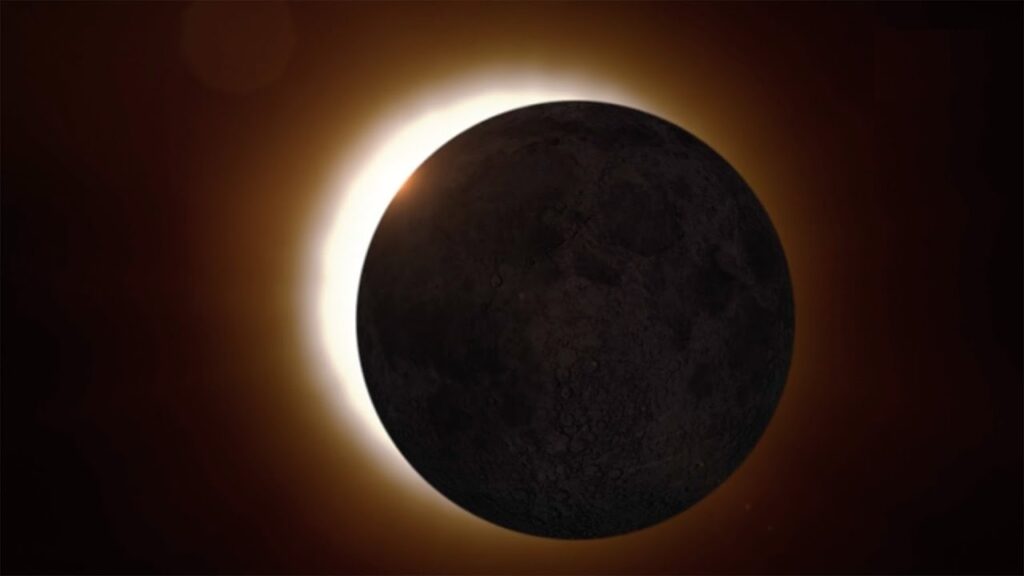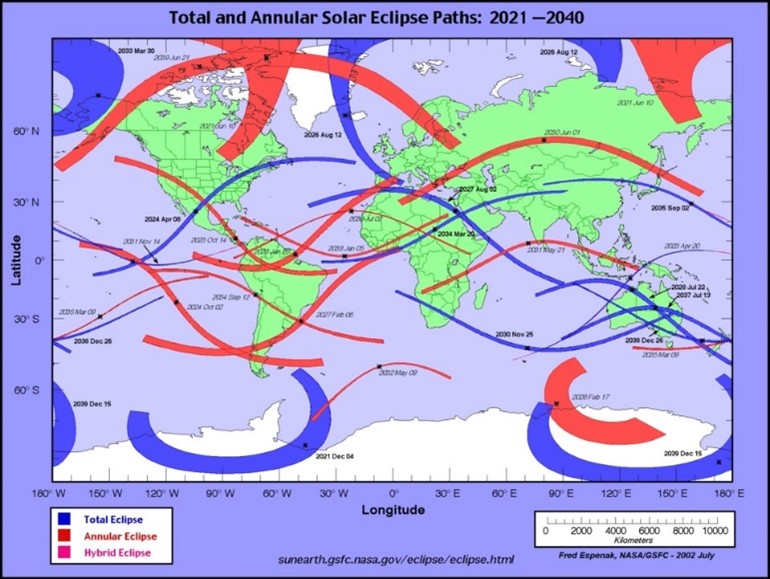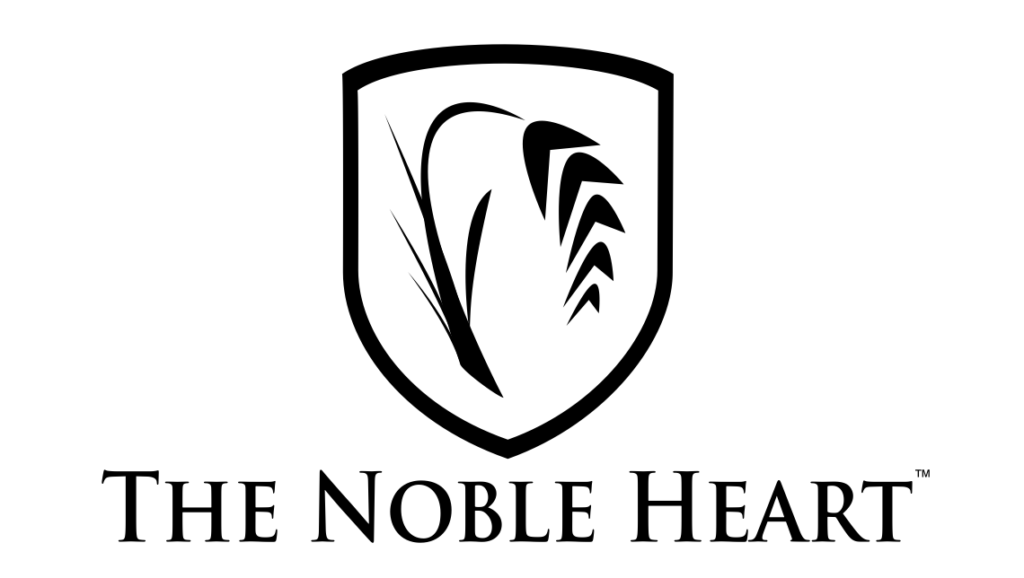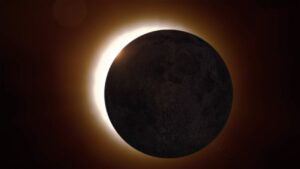Our original plan to view the eclipse: Monday morning Cyndi and I were going to drive to Mansfield, Texas, (since it was in the Zone of Totality, a phrase I love to repeat and possibly my favorite takeaway from the entire event), watch the eclipse with the girls, then drive back home Monday evening.
It was a plan that called for ten hours of Interstate driving, a highway predicted to be swollen with eclipse traffic, and required Cyndi to find several substitute teachers for her Monday yoga classes (a chore more difficult than the long commute). Neither of those were things we looked forward to, but which we were willing do to see the eclipse with family.
The deciding factor that changed our plan was something completely out of our control. Most of the Zone of Totality, including Mansfield, was expecting cloud cover and rain during the event. We decided to stay in Midland, Texas, where the eclipse was calculated to cover 92% of the sun and the forecast was for clear skies.
Starting Monday at noon I set my phone timer to go off every 15 minutes. When I heard the chime, I went outside into our front yard and watched the sun for a few minutes through my cardboard eclipse glasses. Soon Cyndi came home and joined me, along with our westside neighbors who were on a similar watch schedule. We kept up the pattern until 2:45. It was phenomenal to see the eclipse actually happening.
Were we happy with our decision to stay in Midland? Well, I’m sure we would have loved seeing the eclipse in its Totality, and had we driven to Mansfield I have no doubts we would have felt it was worth the trouble. But we didn’t. However, we saw a 92% eclipse, and it was worth it. We have so few common awe-inspiring events we can all share together, and I enjoyed knowing we were sharing this moment with people all across the country.

Solar eclipses are not rare occurrences like some doomsayers wanted us to believe. They’re visible from some place on the Earth’s surface approximately once every 18 months (on average). Of course, since 72% of the Earth’s surface is ocean, most eclipses aren’t observed by very many people. They are, however, rare for specific places. The mean frequency for a total eclipse at any given point on the Earth’s surface is once in 375 years. For example, the last total eclipse over Dallas, Texas was October 23, 1623, about 401 years ago.
I’m impressed with mankind’s ability to calculate the positions of the earth, moon, and sun so accurately, and it makes me happy that we take such complicated math for granted. Rough calculations of eclipses were made as early as 150 A.D., based on the work by Claudius Ptolemy, and diagrams of eclipses have been found in medieval manuscripts.

My biggest surprise from the partial eclipse in Midland was how bright it was outside. I was surprised that with only 8% of the sun showing daylight was only slightly diminished. I doubt if it would’ve been noticed by anyone if we hadn’t been expecting it.
I recently finished a set of Bible study lessons from the New Testament book of Ephesians, chapters 4 and 5, about light and dark, and how our impact on the world can be huge. Ephesians 5:8-13 says, “For you were once darkness, but now you are light in the Lord. Live as children of light 9 (for the fruit of the light consists in all goodness, righteousness, and truth) … everything exposed by the light becomes visible—and everything that is illuminated becomes a light.”
The Apostle Paul, author of Ephesians, wasn’t talking physics or astronomy, but comparing light and darkness to good and evil. He pointed out that because God is light, as we embrace His dramatic transformation, we will find ourselves shining as lights in a world that loves darkness.
He asked us to commit to living every day so as to reflect the light of God that is in us. And as I learned on Monday, we don’t have to be totally visible to light up the world around us. We can make a big difference shining the light we have inside us.
“I run in the path of Your commands, for You have set my heart free.” Psalm 119:32



 100 Things That Made 2023
100 Things That Made 2023
Leave a Reply